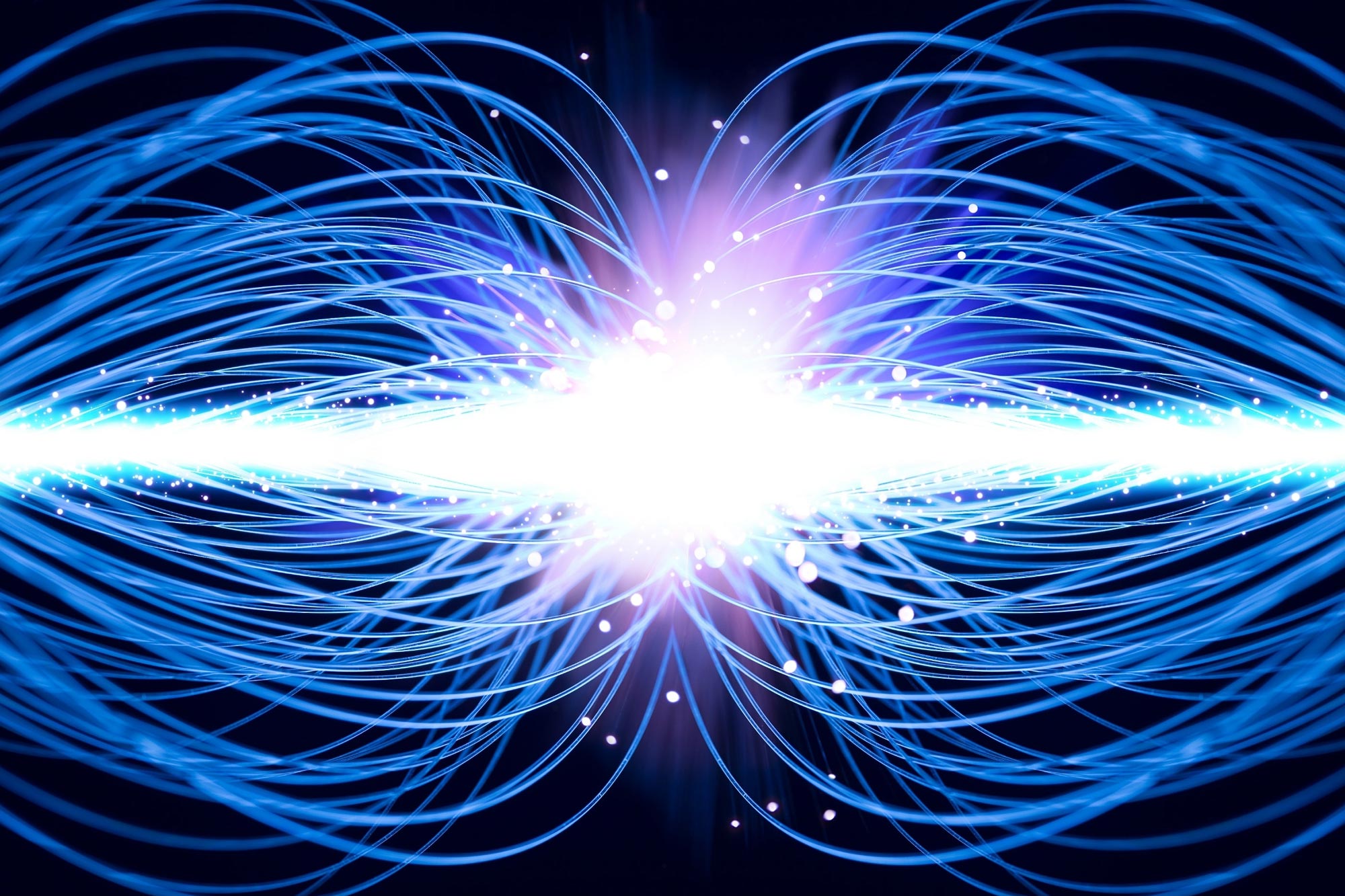
This miniscule difference hinted at the existence of unknown interactions between the muon and the magnetic field — interactions that could involve new particles or forces.
The Argonne team of scientists contributed significantly to the success of the experiment.“This team has an impressive and unique skill set with high expertise regarding hardware, operational planning and data analysis,” said Winter, who leads the Muon g-2 contributions from Argonne.To derive the muon’s true g-2, the scientists at Fermilab produce beams of muons that travel in a circle through a large, hollow ring in the presence of a strong magnetic field.The other is the strength of the magnetic field surrounding the muon, which influences its precession.
Although the muons travel through an impressively constant magnetic field, ambient temperature changes and effects from the experiment’s hardware cause slight variations throughout the ring.In order to correct for the field variations, the scientists constantly measure the drifting field using hundreds of probes mounted to the walls of the ring.In addition, they send a trolley around the ring every three days to measure the field strength where the muon beam actually passes through.
Mounted on the trolley are probes that map out the magnetic field with incredibly high precision throughout the ring’s 45-meter circumference.
To reach the ultimate uncertainty goal of less than 70 parts per billion (around 2.5 times better than the field measurement in the previous experiment), Argonne scientists refurbished the trolley system used in the Brookhaven experiment with advanced communication abilities and new, ultraprecise magnetic field probes developed by the University of Washington.The trolley goes around the ring in both directions, taking around 9,000 measurements per probe and direction.The scientists use the measurements to reconstruct slices of the magnetic field and then derive a full, 3D map of the field in the ring.
The scientists also converted some of the analog signals used in the old experiment into digital signals to increase the amount of data they could obtain from the probes.The team plans to upgrade the trolley system for the next data taking period to further improve the measurements by reducing the uncertainty bit by bit.Footage of the magnetic field probe trolley traversing the Muon g-2 ring.
To ensure the accuracy of the magnetic field measurements, the scientists calibrated the probes using Argonne’s 4-Tesla Solenoid Facility, which houses a magnet from a former magnetic resonance imaging (MRI) scanner.This process ensures the probes each read the same measurement when in the same magnetic field and enables the scientists to make accurate corrections.
The test facility allowed the scientists to achieve field measurements down to several parts per billion — like measuring the volume of water in a swimming pool down to the drop.
“In addition to calibrating the probes, we improved the field measurements by adjusting operation settings on the fly,” said Corrodi, “During data analysis, we found some effects we did not expect.”.These devices, however, slightly disrupt the magnetic field in the ring.
The journey of the magnetic field data from probe to computer is complex.Corrodi, Hong and others configured the hardware and software to read the data from the field probes with the correct time and location stamps.
“So far, the precision of the ultimate g-2 measurement is comparable to that of the Brookhaven experiment, but that is dominated by the fact that the data are limited so far,” said Corrodi.The first result is also encouraging to scientists conducting other present and planned muon experiments, including a future g-2 experiment that will be conducted in Japan, and the next muon experiment at Fermilab — the Mu2e experiment.The collaboration published a paper on the result in Physical Review Letters, titled “Measurement of the positive muon anomalous magnetic moment to 0.46 ppm.” A paper on the magnetic field measurement was also published in Physical Review A, titled “Magnetic-field measurement and analysis for the Muon g – 2 Experiment at Fermilab.”.The work on Muon g-2 at Argonne is funded by DOE’s Office of Science, High Energy Physics.